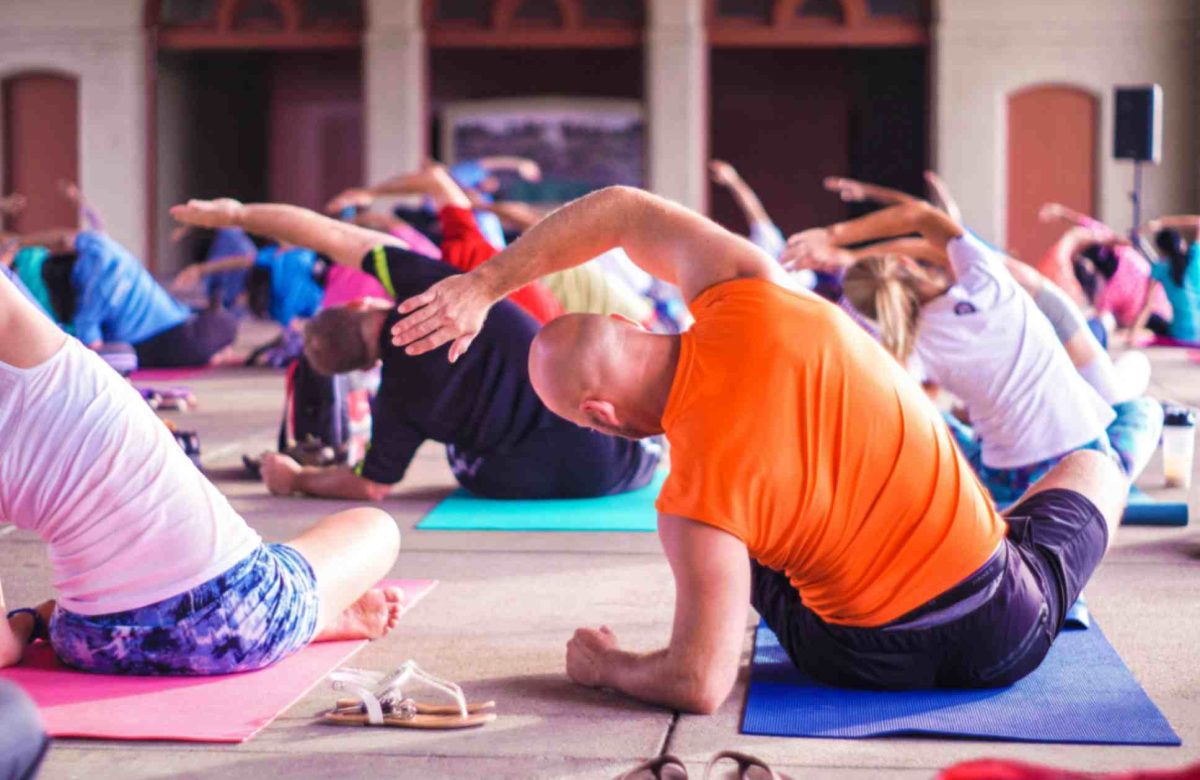How to Improve Your Flexibility with Yoga Props

Yoga is renowned for its ability to improve flexibility, promote relaxation, and enhance overall well-being. While yoga poses alone can lead to increased flexibility, the use of yoga props can take your practice to the next level. In this blog, we’ll delve into the world of yoga props and explore how they can be effectively incorporated into your practice to enhance your flexibility journey.
Understanding Yoga Props: A Versatile Toolkit
Yoga props are tools designed to support and enhance your yoga practice, making poses more accessible, comfortable, and effective. From blocks and straps to bolsters and blankets, these props provide added stability, alignment, and relaxation. Integrating these props into your practice can help you experience deeper stretches, alleviate discomfort, and ultimately improve flexibility.
1. Yoga Blocks
Yoga blocks are versatile props that offer support and extension. Placing blocks under your hands in poses like Triangle Pose (Trikonasana) or Downward Dog (Adho Mukha Svanasana) can provide extra height, allowing you to maintain alignment and gradually work towards deeper stretches.
2. Yoga Straps
Yoga straps are excellent tools for increasing flexibility by aiding in stretching and reaching. Incorporate a strap in poses like Seated Forward Fold (Paschimottanasana) to comfortably reach your feet and gradually lengthen your hamstrings over time.
3. Yoga Bolsters
Bolsters provide gentle support for restorative and relaxing poses. By using bolsters in poses like Supported Supta Baddha Konasana (Reclining Bound Angle Pose), you can relax deeply into the pose and allow your body to naturally release tension.
4. Yoga Blankets
Blankets offer cushioning and comfort, making poses more accessible. In poses like Shoulderstand (Sarvangasana), placing a blanket under your shoulders can reduce pressure on the neck and enhance the stretch in your upper back.
5. Yoga Wheels
Yoga wheels are a relatively newer prop that aids in opening the chest, shoulders, and back. Incorporating the yoga wheel in poses like Wheel Pose (Urdhva Dhanurasana) can help safely deepen your backbends and improve spinal flexibility.
Also Read : How to Improve Your Posture with Yoga Poses
Using Yoga Props to Enhance Flexibility
Now that we’ve explored the range of yoga props available, let’s delve into how to effectively use them to enhance your flexibility practice.
1. Supportive Alignment
Incorporate props to maintain proper alignment in poses that challenge your flexibility. For instance, in Half Split (Ardha Hanumanasana), use blocks to keep your hands elevated and aligned with your hips, preventing rounding of the back and promoting a deeper hamstring stretch.
2. Gradual Progression
Props allow you to ease into deeper stretches gradually. Use a strap to gently guide your leg in poses like Seated Hand-to-Big-Toe Pose (Supta Padangusthasana), allowing you to reach a comfortable stretch while avoiding strain.
3. Relaxation and Release
Props also play a vital role in relaxation and release, which contribute to overall flexibility. Restorative poses supported by props, such as the Supported Child’s Pose (Balasana), enable your muscles to relax deeply, enhancing their pliability.
4. Individual Modifications
Everybody is unique, and props enable you to modify poses to suit your body’s needs. In poses like Pigeon Pose (Eka Pada Rajakapotasana), placing a bolster or blanket under your hip can help alleviate pressure and allow for a more comfortable stretch.
5. Enhanced Exploration
Yoga props encourage exploration and experimentation in your practice. Using a yoga wheel in poses like Camel Pose (Ustrasana) can create a heart-opening sensation that might have been challenging to achieve without the prop.
Integrating Yoga Props into Your Practice
To effectively integrate yoga props into your practice and enhance flexibility, consider the following tips:
1. Start Slowly
If you’re new to using yoga props, start with one or two props at a time. As you become comfortable, gradually incorporate more props into your practice.
2. Listen to Your Body
Remember that props are meant to support and enhance your practice, not force your body into extreme positions. Listen to your body’s signals and only use props to a degree that feels comfortable and safe.
3. Seek Guidance
If you’re unsure about how to use props in specific poses, consider taking a yoga class or seeking guidance from experienced yoga instructors. They can offer personalized tips and adjustments.
4. Stay Patient and Consistent
Flexibility improvements take time and consistency. Incorporate props into your practice regularly, and over time, you’ll notice increased ease and depth in your stretches.
Conclusion
Yoga props are a valuable addition to your practice, offering enhanced support, alignment, and relaxation. By integrating props strategically into your practice, you can target specific areas for flexibility improvement and experience the benefits of deeper stretches. Remember that flexibility is a journey, and with the aid of yoga props, you can explore poses with comfort and confidence, ultimately leading to increased mobility and a more profound connection to your body.




